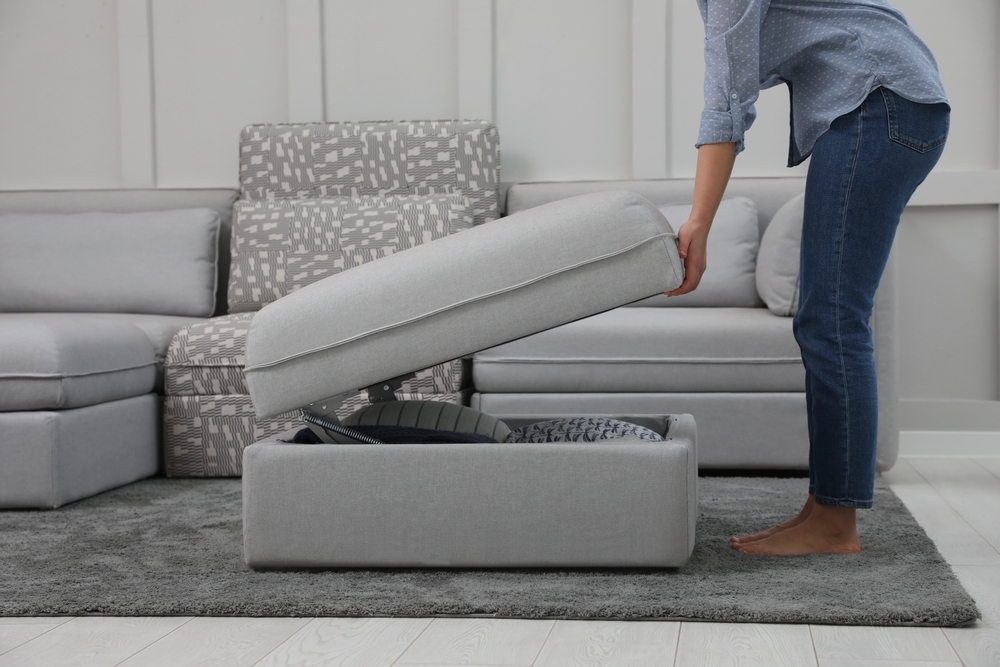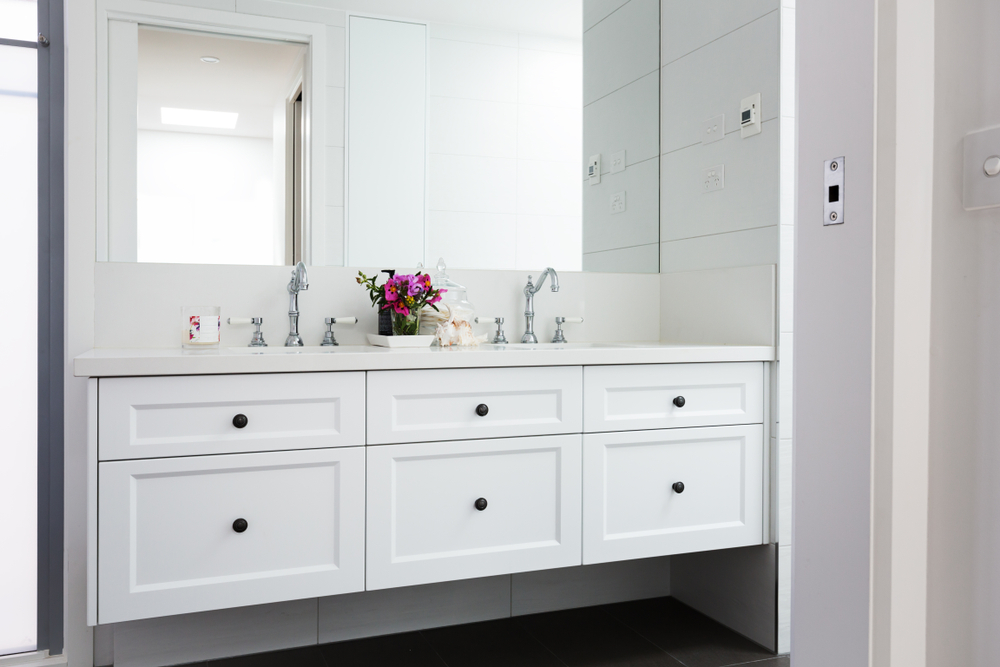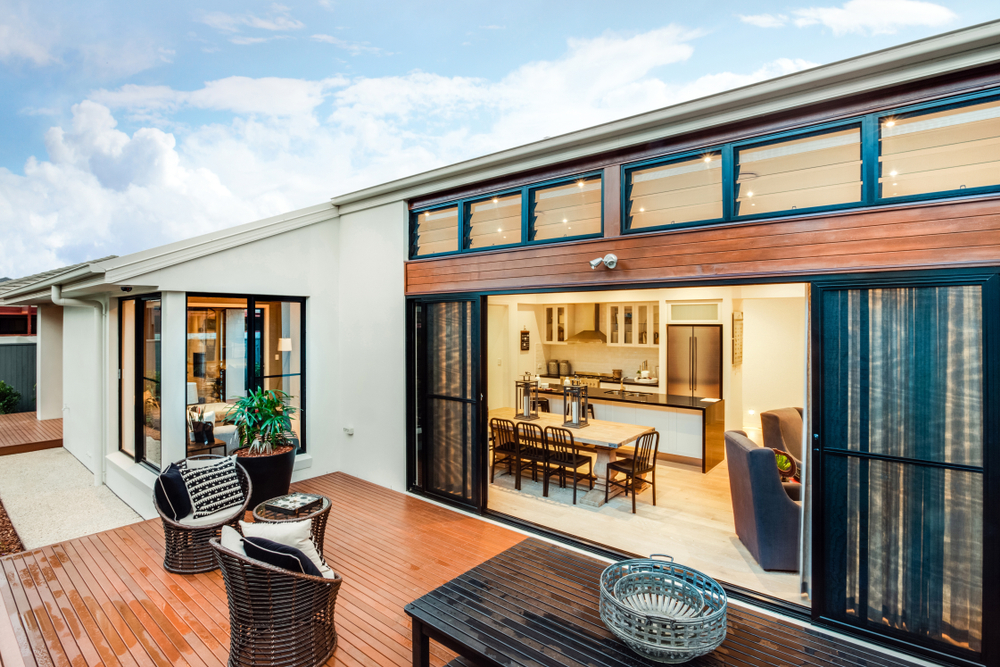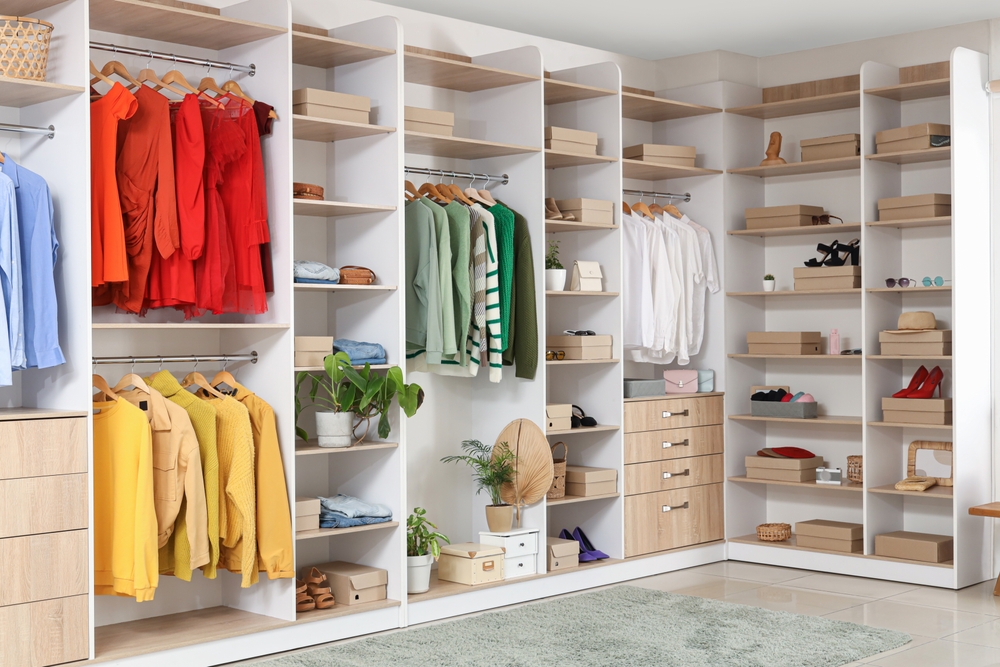In today’s fast-paced world, multifunctional living spaces have become essential for maximizing the use of limited square footage. Designing versatile interiors allows you to adapt your space to various needs and activities, enhancing both functionality and comfort. This guide offers practical tips for creating a multifunctional living space that seamlessly blends style and utility.
Invest in Modular Furniture
Modular furniture offers exceptional flexibility and can be easily reconfigured to meet various needs. For example, choose sofas with removable or adjustable sections that can be rearranged for different activities, from lounging to hosting guests. Extendable tables allow for adjustments in size to accommodate different dining scenarios, while stackable chairs provide versatile seating options that can be stored compactly when not in use. By incorporating modular furniture, you can create a dynamic living space that adapts to your lifestyle, maximizing both functionality and comfort.

Utilize Multi-Functional Pieces
Choose furniture that serves multiple purposes to maximize space and functionality. For instance, opt for a coffee table with built-in storage compartments to keep essentials organized and within reach, reducing clutter in your living area. A bed with integrated drawers offers additional storage for bedding or personal items, eliminating the need for extra furniture. Multi-functional furniture not only enhances the efficiency of your space but also helps maintain a tidy and streamlined environment. By selecting pieces that combine utility with style, you can create a more organized and versatile living space that adapts to your needs while maintaining aesthetic appeal.
Incorporate Foldable and Expandable Elements
Integrate foldable or expandable furniture to optimize space when items are not in use. Wall-mounted desks offer a sleek solution for work areas, folding away when not needed to free up floor space. Collapsible dining tables can be expanded when hosting meals and neatly folded away to maximize room space afterward. Retractable beds provide a practical sleeping solution that can be stowed during the day, creating a more open and flexible living area. These space-saving solutions help you maintain a clutter-free environment, adapt to various needs, and enhance the versatility of your living space, making it more functional and comfortable.
Create Distinct Zones
Define different areas within your living space using furniture, rugs, or partitions to enhance functionality and organization. By creating distinct zones—such as a work area, relaxation nook, and dining space—you optimize the use of your room and adapt it to various activities. Furniture arrangement, area rugs, and room dividers help visually separate these zones, ensuring that each area serves its intended purpose effectively and contributes to a well-organized and versatile living environment.

Maximize Vertical Space
Take advantage of vertical space with wall-mounted shelves, cabinets, and hooks to maximize storage and organization. By utilizing wall-mounted solutions, you keep the floor area clear, which makes your space feel more open and less cluttered. Shelves and cabinets can store books, decor, and essentials, while hooks offer a convenient place for hanging items like coats or bags. This approach not only enhances the functionality of your space but also contributes to a more organized and visually appealing environment.
Use Flexible Lighting Solutions
Implement adjustable lighting to accommodate various activities and moods in your space. Use dimmer switches to easily adjust brightness levels for different tasks and settings. Incorporate movable lamps that can be repositioned as needed, providing targeted light for work or reading. Layered lighting, combining ambient, task, and accent lights, allows you to create the perfect ambiance for working, relaxing, or entertaining. By tailoring your lighting setup, you enhance the versatility of your space and improve its functionality, making it more adaptable to your needs and preferences.
Opt for Sliding or Bi-Fold Doors
Consider using sliding or bi-fold doors instead of traditional hinged ones to optimize space in your home. These door types are ideal for creating flexible living areas, as they can separate spaces when needed and open up fully to provide a seamless flow between rooms. Sliding doors glide along a track, allowing for more efficient use of space, while bi-fold doors fold neatly to the side, freeing up valuable floor area. Both options help maximize room functionality and enhance the versatility of your living environment, making them excellent choices for modern, multifunctional interiors.

Integrate Smart Home Technology
Incorporate smart home devices to significantly enhance the functionality and convenience of your living space. Smart thermostats allow you to control temperature settings remotely, optimizing comfort and energy efficiency. Smart lighting systems offer adjustable brightness and color options, which can be tailored to different activities and moods. Automated blinds can be scheduled to open or close based on time or sunlight, adding an extra layer of convenience. These devices not only streamline your daily routines but also help you manage your space more efficiently. By integrating smart technology, you can adapt your home to your lifestyle needs, improving both comfort and overall efficiency.
Choose Neutral Colors and Simple Patterns
Use neutral colors and simple patterns to achieve a cohesive and versatile look in your space. Light and neutral tones, such as whites, grays, and beiges, can make rooms feel larger and more open, enhancing the overall sense of space. These colors provide a calm and unobtrusive backdrop that allows for easy coordination with various decor elements. Simple patterns, such as subtle stripes or geometric shapes, add visual interest without overwhelming the space. This approach creates a streamlined and adaptable design that can easily evolve with changing trends or personal preferences. By choosing neutral colors and minimal patterns, you ensure a timeless and flexible interior that remains stylish and functional.
Add Customizable Storage Solutions
Incorporate customizable storage solutions like adjustable shelving, modular cabinets, and built-in wardrobes to enhance your space. These versatile options let you tailor storage to fit your specific needs and preferences, ensuring your space remains organized and functional. Adjustable shelves can be reconfigured as your storage needs change, while modular cabinets and built-in wardrobes offer flexibility and efficient use of available space.

Incorporate Multi-Use Decor
Select decor items that serve dual purposes to maximize utility and enhance design. For instance, decorative baskets offer both storage and visual appeal, helping to keep clutter at bay while complementing your decor. Upholstered benches can function as both seating and storage solutions, providing extra space to stow items while adding style to your room. This approach ensures that your decor is both practical and aesthetically pleasing, optimizing the functionality of your space.
Conclusion
Designing a multifunctional living space involves integrating versatile furniture, optimizing storage, and creating adaptable zones. By incorporating these design tips, you can transform your space into a dynamic environment that meets a variety of needs and enhances your lifestyle. Embrace flexibility and creativity to make the most of your interior and create a comfortable, functional home.

